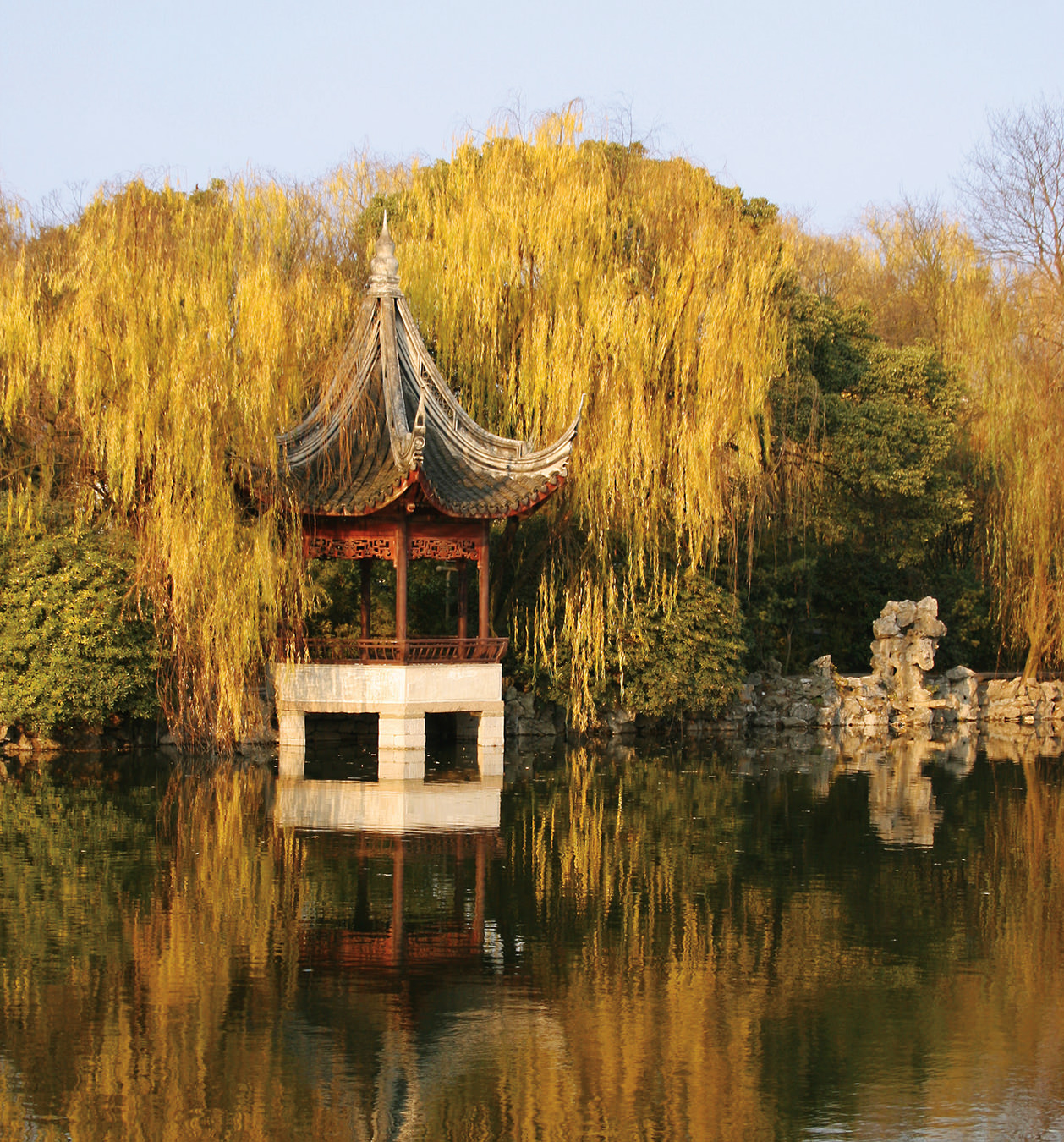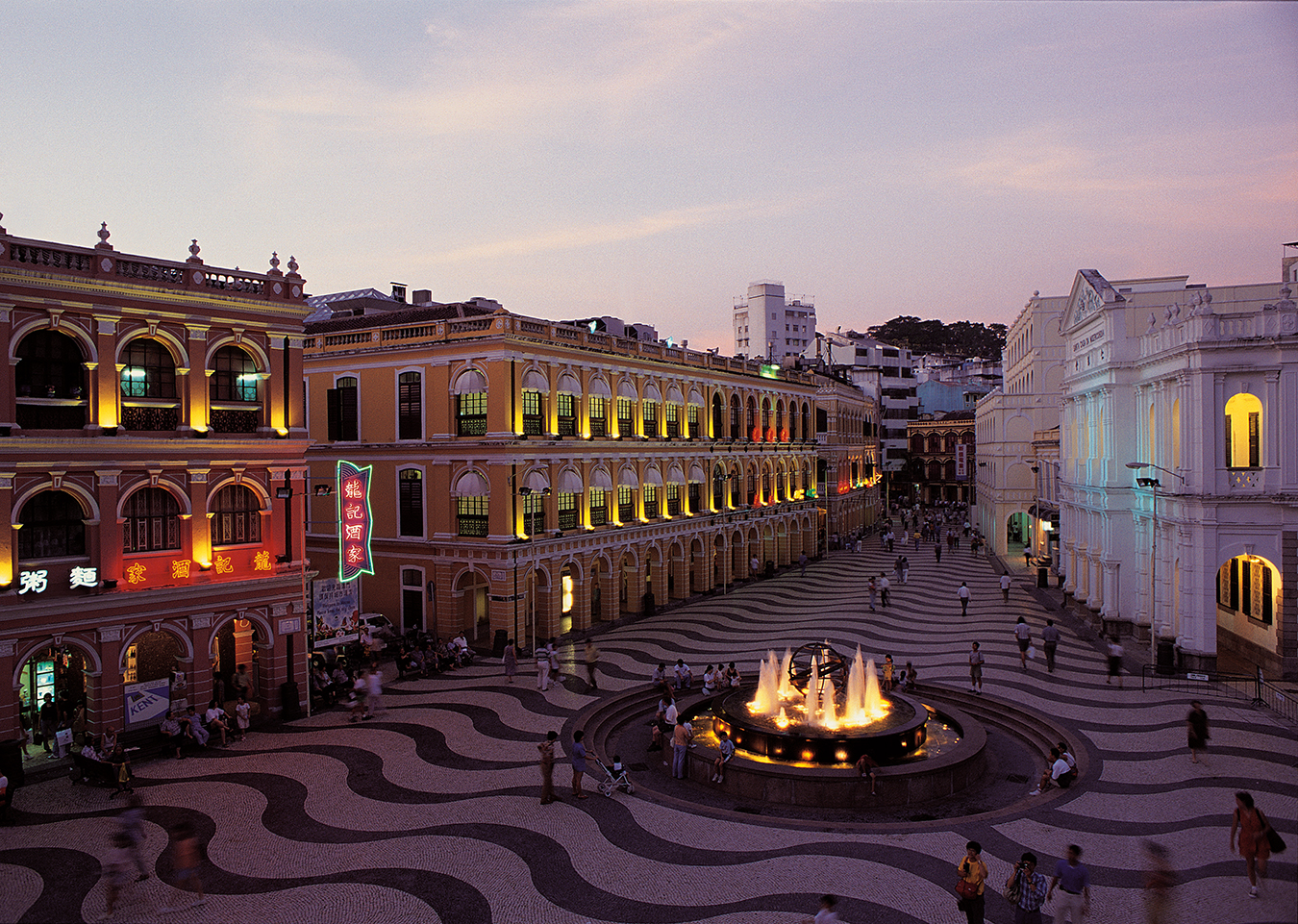-

Ancient forests and historic villas form the foundation of Amanyangyun in Shanghai.
-

The resort is the result of a 15-year relocation and restoration project.
-

An ancient forest and historical buildings were relocated roughly 800 kilometres from their original location.
-

The ancient villas and forest were in danger of being destroyed due to resource development.
-

Australia’s Kerry Hill Architects meticulously restored and updated the villas.
-

The exterior of a restored antique villa.
-

The courtyard of a four-bedroom villa.
-

The resort seamlessly blends elements of old and new.
-

The master bedroom of an antique villa.
-

The bathroom of an antique villa.
Amanyangyun Resort, Shanghai
A hotel for the history books.
Over 15 years ago, Fuzhou-born entrepreneur Ma Dadong, now 44, approached luxury hotel group Aman Resorts with a project of near-unfeasibility: take the ancient forests and the Ming and Qing dynasty buildings being destroyed in the pursuit of resource development in Fuzhou, and relocate them to Shanghai, where they would become the foundation of a resort like no other. Bit by bit, 10,000 ancient camphor trees up to 55 feet tall, and 50 intricately carved, carefully dismantled houses made their way roughly 800 kilometres to the outskirts of Shanghai.
Open as of January 8, the Amanyangyun offers guests the opportunity to stay in any of 26 “antique villas”, which Australia’s Kerry Hill Architects meticulously restored and updated with contemporary elements, as well as 24 newly created Ming Courtyard Suites designed to harmonize with the aesthetics of their ancient neighbours. The most architecturally impressive antique building to make the journey has found new life as the hotel’s central Nan Shu Fang cultural complex, which is named after Emperor Kangxi’s royal reading pavilion in the Forbidden City and designed to evoke the scholars’ studios of 17th-century China’s literati. Guests are welcome to visit it for calligraphy lessons and Kunqu Opera performances. Left in its original place, the building would have been submerged during the construction of a dam.
Within its verdant, ancient grove, the Amanyangyun functions as a top-tier accommodation, with a spa, five restaurants and bars, and plenty of event space and programming for guests to enjoy. Yet its biggest draw will always be its blurring of the lines between the modern and new, the way it has resurrected Chinese history and respectfully preserved it.
Amanyangyun, 6161 Yuanjiang Road, Minhang District, Shanghai, China.
Never miss a story, sign up for NUVO’s weekly newsletter, here.




